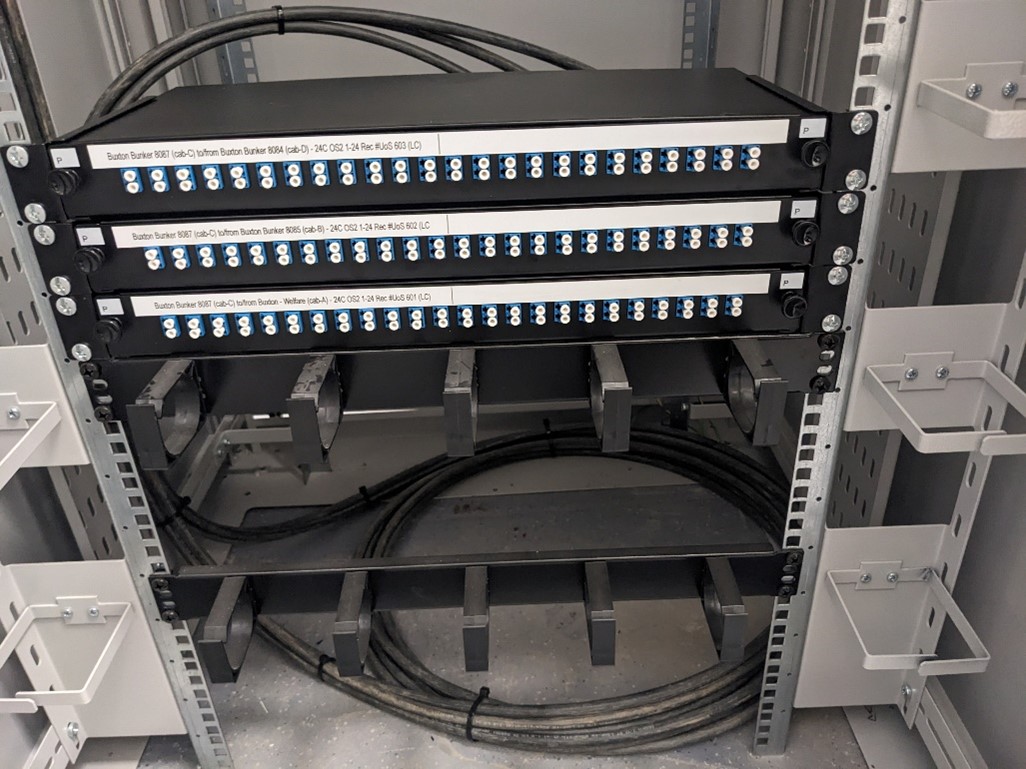News
Data Cables: The Lifeline of Modern Connectivity
In the digital age, data cables are the unsung heroes that keep our world connected. These vital conduits transmit information between computers, networks, and devices, enabling the seamless flow of data that powers our modern lives. While often taken for granted, understanding the different types of data cables and their applications is crucial for ensuring efficient and reliable network performance.
1.Twisted Pair Cable (UTP and STP): The Workhorse of Data Transmission
Twisted pair cables are the most common type of data cable, consisting of insulated copper wires twisted together in pairs. This twisting helps reduce interference and crosstalk, ensuring clear data transmission. Twisted pair cables generally come in two main types:
- Unshielded Twisted Pair (UTP): UTP cables lack shielding, making them affordable and lightweight. They are commonly used in home and office networks for short-distance connections.
- Shielded Twisted Pair (STP): STP cables have an additional layer of shielding around the twisted pairs, providing better protection against interference. They are often used in industrial settings or environments with high electromagnetic noise.
2.Coaxial Cable: A Legacy of High-Speed Data Transmission
Coaxial cables, once ubiquitous in cable television and early internet connections, feature a central copper conductor surrounded by a layer of insulation, a braided metal shield, and an outer protective jacket. This design provides excellent shielding against interference, enabling high-speed data transmission over long distances. While largely replaced by fibre optic cables in recent years, coaxial cables remain in use for specific applications.
3.Fibre Optic Cable: The Champion of Bandwidth and Speed
Fibre optic cables revolutionised data transmission by using pulses of light through hair-thin strands of glass or plastic fibres. They offer the highest bandwidth and transmission speeds available, making them the preferred choice for long-distance data communication, including high-speed internet connections, telecommunications networks, and data centres. Fibre optic cables are also immune to electromagnetic interference, making them ideal for use in sensitive environments.
Choosing the Right Data Cable: The Art of Network Optimisation
Selecting the appropriate data cable depends on several factors, including the intended application, transmission distance, bandwidth requirements, and budget. For home and office networks, UTP cables are often sufficient. For longer distances, fibre optic cables may be necessary. In industrial settings or environments with high electromagnetic interference, STP or fibre optic cables are preferred.
Data cables, the backbone of our interconnected world, enable the seamless flow of information that drives modern communication and commerce. Understanding the characteristics and applications of different data cable types empowers individuals and organisations to make informed decisions that ensure optimal network performance and reliability. As data demands continue to grow, the importance of selecting the right data cables will only increase, ensuring that our digital connections remain robust and secure.






